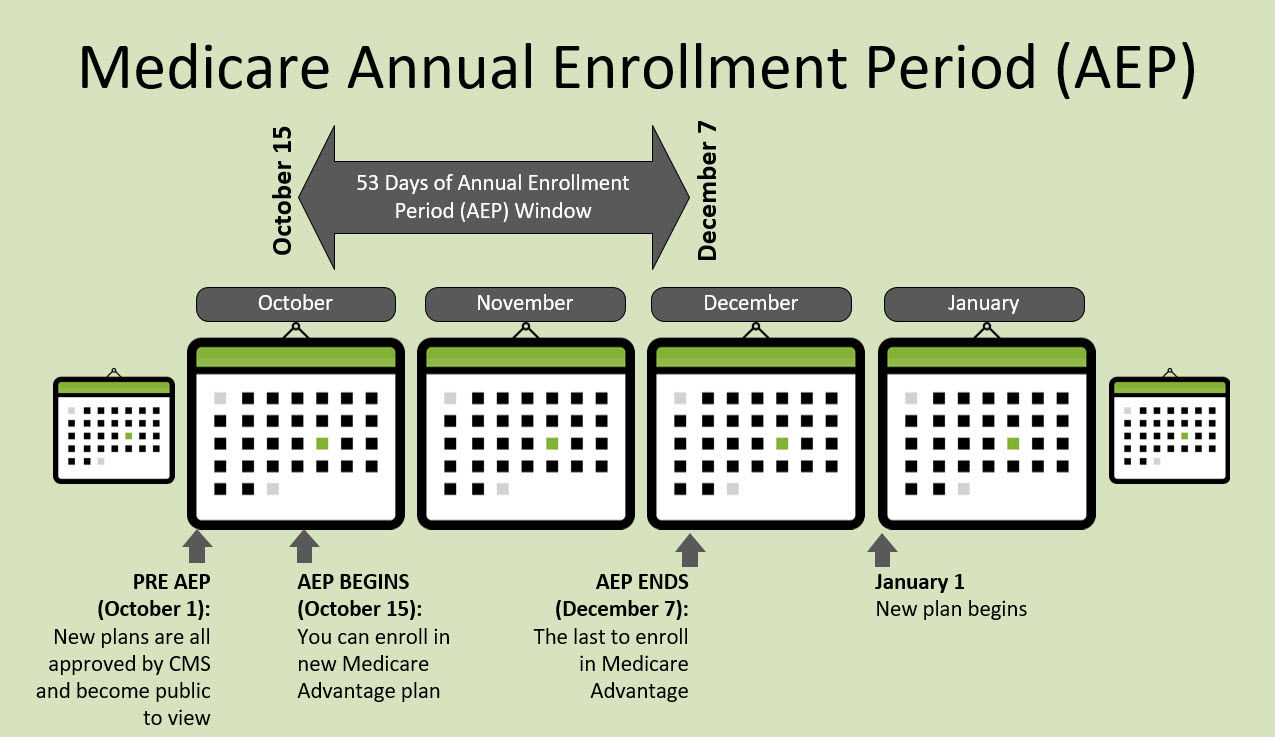
What is Short-Term Disability Insurance?
Short-term disability (STD) refers to a type of insurance or benefit that provides income replacement for a temporary period when an individual is unable to work due to a covered disability or illness. It is designed to protect employees' financial well-being by providing them with a portion of their income during a temporary period of disability, typically lasting a few weeks to a few months.
Here are some key features of short-term disability:
- Income Replacement: Short-term disability insurance typically provides a percentage of the employee's pre-disability income during the period they are unable to work. The specific percentage and duration of coverage vary depending on the policy and the terms agreed upon by the employer and insurer.
- Covered Disabilities: Short-term disability coverage typically applies to a wide range of medical conditions and injuries that prevent an individual from performing their job duties. This can include illnesses, injuries, surgeries, complications from childbirth, or recovery from medical treatments.
- Waiting Period: Short-term disability policies usually have a waiting period, also known as an elimination period, which is the duration an employee must be disabled before becoming eligible for benefits. Waiting periods can range from a few days to a few weeks, and the employee may need to use any available sick leave or other paid time off during this waiting period.
- Benefit Duration: Short-term disability benefits are paid for a limited period, often up to a few weeks or months. The exact duration of coverage is specified in the policy and can vary depending on the insurer and the employee's specific circumstances.
- Employer-Sponsored or Individual Policies: Short-term disability coverage can be provided through employer-sponsored group plans, where the employer pays the premiums or offers it as an employee benefit. Alternatively, individuals can purchase individual short-term disability insurance policies directly from insurance providers.
- State Mandated Programs: Some states have mandated short-term disability programs that require employers to provide a certain level of coverage to employees. These state programs typically have specific eligibility criteria and benefit amounts.
Short-term disability insurance is particularly valuable for individuals who rely on their income to meet daily living expenses and would face financial hardship if unable to work temporarily due to a covered disability. It helps employees maintain a portion of their income during their recovery period, covering essential expenses such as rent, mortgage payments, utility bills, and other necessities.
It's important to review the terms and conditions of short-term disability coverage, including the waiting period, benefit duration, and the percentage of income replacement offered. Employers and employees should familiarize themselves with the specific policy details or consult with an insurance professional to understand the coverage provided by the plan.




